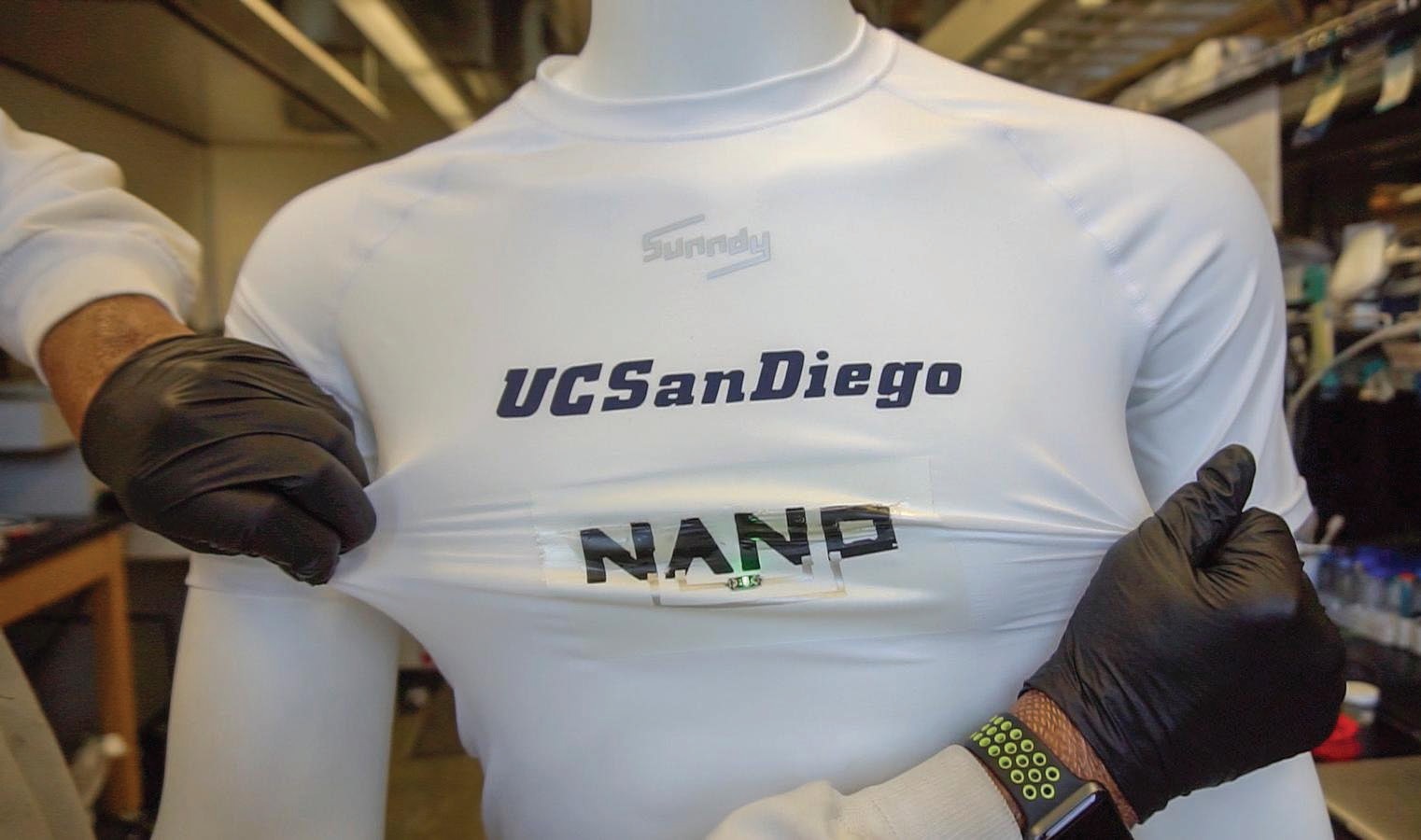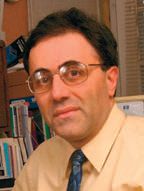Printing batteries
Dr. Neil Canter, Contributing Editor | TLT Tech Beat August 2017
A 2,000-year-old technique can place a stretchable battery on fabrics or on materials that adhere to the skin.
KEY CONCEPTS
•
Stretchable batteries that can be used in flexible electronics have been prepared by applying an ink to a substrate such as a T-shirt through a technique known as screen printing.
•
A new ink binder known as SIS works well because it combines elasticity with hardness.
•
During testing the battery was stretched to an elongation of 1,300% without suffering a loss in performance.
FINDING WAYS TO MAKE SMALL ELECTRONICS more user friendly and flexible continues to be a research objective. Harnessing these devices can be useful in a wide range of applications, including those related to medical sensors, textile optics and soft robotics.
In a previous TLT article, a flexible biofuel cell in the form of a temporary skin tattoo was developed (
1). The fuel used by this device was lactate accessible from human sweat found on the skin. In testing, the biofuel cell was able to maintain power output at 50% of its original value for a four-week period.
The value of this finding is that the device was comfortable for the user in contrast to conventional batteries that have stiff surfaces and are not compatible for use with individuals, particularly during periods of exercise.
The tattoo was developed by the research group of Joseph Wang, Distinguished Professor and chair of the nanoengineering department at the University of California San Diego in La Jolla, Calif. Rajan Kumar, graduate student working with professor Wang, points out the problems in trying to use conventional batteries in small wearable electronics. He says, “Batteries are a very appealing option for use in small electronics, but their use is limited because they are rigid and bulky. Examples include coin cells, button batteries and pouch batteries.”
Several approaches have been taken to develop stretchable batteries that would be better designed for use in flexible electronics. Kumar says, “Two of the approaches used to prepare stretchable batteries are known as deterministic composite and the random composite fabrication. The deterministic battery is arranged in a coil that can show flexibility when uncoiled. Limitations for this technique include the expense of fabricating the battery and also the loss of effective operating area. In a random battery, flexible elastomers are combined with traditional battery powders. This helps with stretchability, but the non-conductive properties of the elastomer lead to diminished performance. It also is expensive to prepare this battery.”
A promising way to prepare a stretchable battery is through a technique known as screen printing. This is a method that has been used for nearly 2,000 years and involves applying an ink to a substrate through the use of a mesh stencil which also is known as a screen. Screen printing is used in many applications such as applying designs to T-shirts.
Kumar and his colleagues have now successfully used screen printing to place a stretchable battery on fabrics or on materials that adhere to the skin.
STYRENE ISOPRENE BLOCK COPOLYMERS
The researchers developed an ink containing a zinc-silver oxide that was mixed with a binder consisting of a polystyrene-polyisoprene-polystyrene (SIS) block copolymer. Kumar says, “We initially worked with a zinc-based battery because it has a high charge density and is more stable than lithium batteries but is not rechargeable. The problem with lithium batteries is that this type of processing may lead them to catch on fire. We feel that screen printing can be done with any type of battery.”
One of the unique aspects of this battery is the use of SIS as a new elastic binder. The researchers evaluated a series of polymers but could not identify a suitable one due to a number of problems. Kumar says, “We looked at the top carbon-based binders, but they exhibited bad performance in part because of poor elasticity. The unique structure of SIS was found to be appealing because it combines the elasticity of long polyisoprene chains (the homopolymer is natural rubber) with the hardness of two short polystyrene terminal ends.”
Kumar indicates that SIS is a highly stable binder that will allow battery ink to sit in storage for a week without destabilizing. A minimal amount of SIS also can be used.
To illustrate the performance of the stretchable battery, the researchers screen printed it onto a stretchable textile as shown in Figure 1. Then they stretched, crushed and indented the textile multiple times. The screen-printed battery was stretched to an elongation of 1,300% without losing any performance. Kumar says, “One analysis tool used was to evaluate the strain the stretchable battery was subjected to in real time.”
 Figure 1. A stretchable zinc-based battery was screen printed as the word “NANO” on a white T-shirt and is powering a lit green LED. (Figure courtesy of the University of California San Diego.)
Figure 1. A stretchable zinc-based battery was screen printed as the word “NANO” on a white T-shirt and is powering a lit green LED. (Figure courtesy of the University of California San Diego.)
A major problem seen by researchers is the formation of cracks that occur during stretching. Kumar says, “Electrolytes can seep into the crack leading to a drop-in voltage and as a consequence reduce performance.”
Future work will involve boosting the performance of the printed battery and enabling it to recharge so that it can be used over a longer operating timeframe. A factor that may help the researchers with durability is that most printed batteries may not need to be stretched by 100%. Kumar says, “We believe that stretching to 50% may be adequate for most applications.”
The stretchable battery prepared by screen printing exhibits the highest capacity and discharge current density to date. Additional information can be found in a recent article (
2) or by contacting Kumar at
rak010@ucsd.edu.
REFERENCES
1.
Canter, N. (2014), “A new type of tattoo,” TLT,
70 (11), pp. 8-9.
2.
Kumar, R., Shin, J., Yin, L., You, J., Meng, Y. and Wang, J. (2017), “All-printed, stretchable Zn-Ag
2O rechargeable battery via hyperelastic binder for self-powering wearable electronics,”
Advanced Energy Materials,
7 (8), 1602096.
 Neil Canter heads his own consulting company, Chemical Solutions, in Willow Grove, Pa. Ideas for Tech Beat items can be sent to him at neilcanter@comcast.net
Neil Canter heads his own consulting company, Chemical Solutions, in Willow Grove, Pa. Ideas for Tech Beat items can be sent to him at neilcanter@comcast.net.